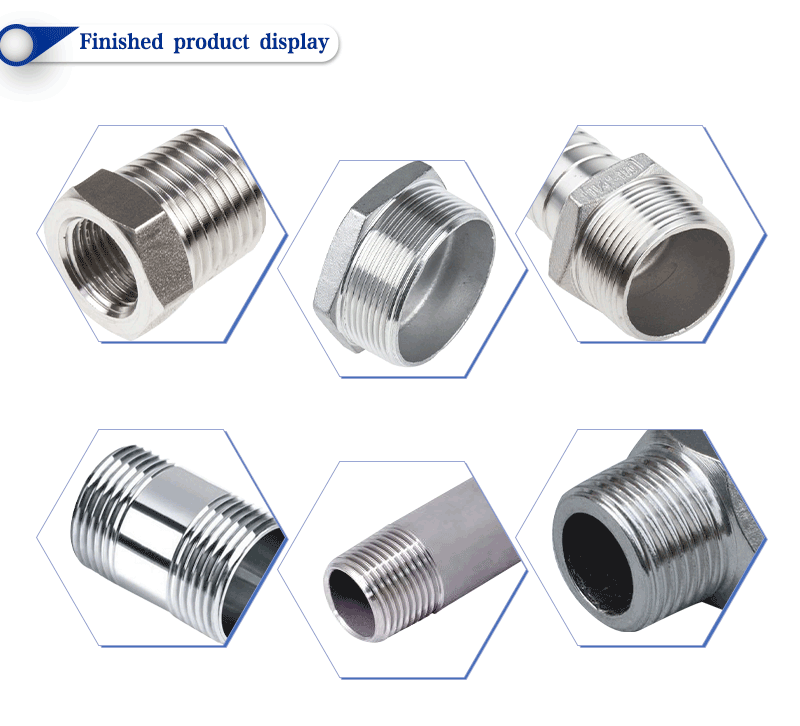
-
 Afrikaans
Afrikaans -
 Albanian
Albanian -
 Amharic
Amharic -
 Arabic
Arabic -
 Armenian
Armenian -
 Azerbaijani
Azerbaijani -
 Basque
Basque -
 Belarusian
Belarusian -
 Bengali
Bengali -
 Bosnian
Bosnian -
 Bulgarian
Bulgarian -
 Catalan
Catalan -
 Cebuano
Cebuano -
 Corsican
Corsican -
 Croatian
Croatian -
 Czech
Czech -
 Danish
Danish -
 Dutch
Dutch -
 English
English -
 Esperanto
Esperanto -
 Estonian
Estonian -
 Finnish
Finnish -
 French
French -
 Frisian
Frisian -
 Galician
Galician -
 Georgian
Georgian -
 German
German -
 Greek
Greek -
 Gujarati
Gujarati -
 Haitian Creole
Haitian Creole -
 hausa
hausa -
 hawaiian
hawaiian -
 Hebrew
Hebrew -
 Hindi
Hindi -
 Miao
Miao -
 Hungarian
Hungarian -
 Icelandic
Icelandic -
 igbo
igbo -
 Indonesian
Indonesian -
 irish
irish -
 Italian
Italian -
 Japanese
Japanese -
 Javanese
Javanese -
 Kannada
Kannada -
 kazakh
kazakh -
 Khmer
Khmer -
 Rwandese
Rwandese -
 Korean
Korean -
 Kurdish
Kurdish -
 Kyrgyz
Kyrgyz -
 Lao
Lao -
 Latin
Latin -
 Latvian
Latvian -
 Lithuanian
Lithuanian -
 Luxembourgish
Luxembourgish -
 Macedonian
Macedonian -
 Malgashi
Malgashi -
 Malay
Malay -
 Malayalam
Malayalam -
 Maltese
Maltese -
 Maori
Maori -
 Marathi
Marathi -
 Mongolian
Mongolian -
 Myanmar
Myanmar -
 Nepali
Nepali -
 Norwegian
Norwegian -
 Norwegian
Norwegian -
 Occitan
Occitan -
 Pashto
Pashto -
 Persian
Persian -
 Polish
Polish -
 Portuguese
Portuguese -
 Punjabi
Punjabi -
 Romanian
Romanian -
 Russian
Russian -
 Samoan
Samoan -
 Scottish Gaelic
Scottish Gaelic -
 Serbian
Serbian -
 Sesotho
Sesotho -
 Shona
Shona -
 Sindhi
Sindhi -
 Sinhala
Sinhala -
 Slovak
Slovak -
 Slovenian
Slovenian -
 Somali
Somali -
 Spanish
Spanish -
 Sundanese
Sundanese -
 Swahili
Swahili -
 Swedish
Swedish -
 Tagalog
Tagalog -
 Tajik
Tajik -
 Tamil
Tamil -
 Tatar
Tatar -
 Telugu
Telugu -
 Thai
Thai -
 Turkish
Turkish -
 Turkmen
Turkmen -
 Ukrainian
Ukrainian -
 Urdu
Urdu -
 Uighur
Uighur -
 Uzbek
Uzbek -
 Vietnamese
Vietnamese -
 Welsh
Welsh -
 Bantu
Bantu -
 Yiddish
Yiddish -
 Yoruba
Yoruba -
 Zulu
Zulu
Custom Thread Rolling Machine Setup | Precision Engineering Solutions
Setting Up a Custom Thread Rolling Machine
Setting up a custom thread rolling machine is a critical process in the manufacturing sector, especially for industries that require precision and efficiency in producing threaded components. Whether you are producing parts for the automotive, aerospace, or construction industries, the accuracy of the thread rolling process can significantly impact the quality and reliability of the final product.
The first step in setting up a thread rolling machine is to ensure that it is installed on a stable and level platform. This foundation is essential for maintaining the machine's alignment and accuracy during the rolling process. Once the machine is securely positioned, the next step involves selecting the appropriate tooling. The tooling selection is crucial as it dictates the type of threads that will be produced, including specifications such as pitch, profile, and diameter.
After selecting the tooling, proper calibration of the machine is necessary. This involves adjusting the machine's settings to align with the specifications of the intended threading. Operators must pay careful attention to the rolling speed, feed rate, and pressure applied during the process. An incorrect setting can lead to defects in the threaded components, which might result in costly rework or scrap.
custom thread rolling machine setup

The next phase includes the preparation of the raw material. The material must be cut to the required length and shape, followed by ensuring that it is free from impurities that could affect the rolling process. In many cases, the use of a lubricant is recommended to reduce friction and enhance the quality of the finished threads. This step not only improves surface finish but also prolongs the life of both the tooling and the machine.
Once everything is prepared, operators can begin the testing phase. It is advisable to run a few trial components to verify that the settings are correct and that the threads meet the required specifications. This is a critical quality control measure that helps in identifying any issues before mass production begins.
Lastly, regular maintenance of the thread rolling machine is essential for ensuring consistent performance. This includes routine checks on the tooling, lubrication systems, and mechanical parts. Implementing a maintenance schedule can prevent unexpected downtime and prolong the lifespan of the equipment.
In summary, setting up a custom thread rolling machine involves a systematic approach that includes proper installation, tooling selection, calibration, raw material preparation, testing, and ongoing maintenance. By following these steps, manufacturers can optimize their production processes and ensure high-quality threaded components that meet stringent industry standards.
